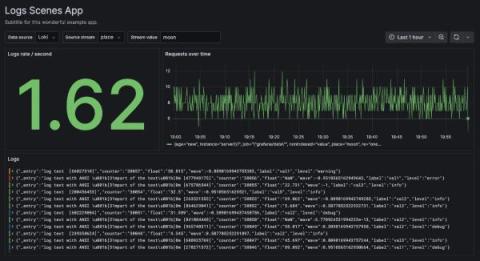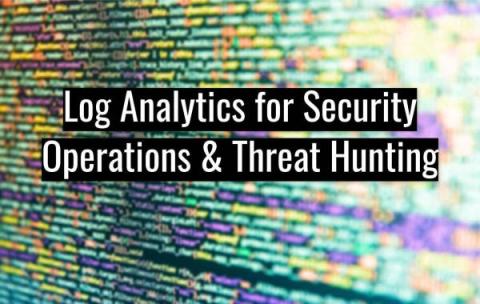What is the Purpose of Syslog Monitoring in Enterprise Software Companies?
Baseball fans know about the various in-game statistics and actions requiring someone to keep them as records. From a player's overall performance at-bat to a game's final score at the bottom of the ninth, dozens (possibly hundreds) of different statistics are happening throughout a season. In Major League Baseball, these records are essential for the team owner, front office workers and coaches to figure out strategies on the diamond or how to distribute fair pay.











